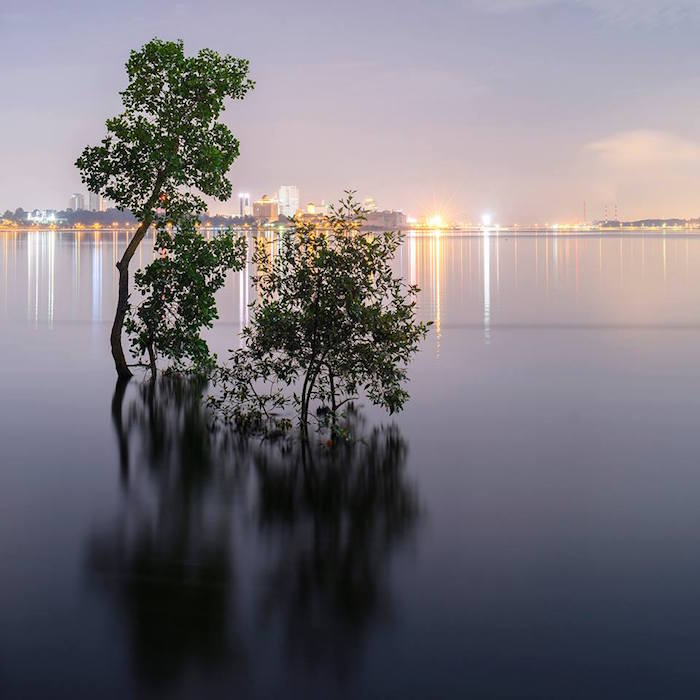
December 10, 2015
Blank Slate

Towards Johor, Seletar North Link
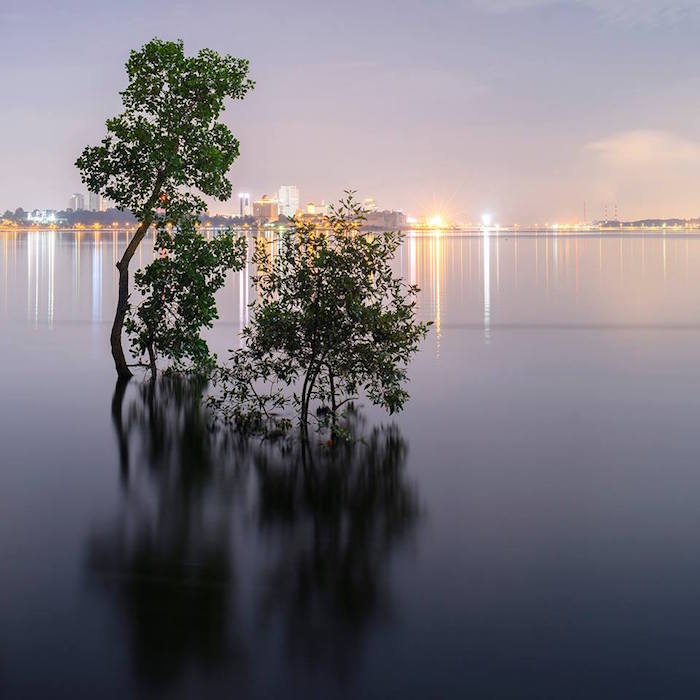
Mangrove, Kranji Park
In the vacancy are gaping reminders of what this city used to be. Before there was space, this was a place. People may not be in sight, but their familiar existence remains inscribed on these now unfamiliar grounds. Fences that neither block nor barricade, structures seemingly stranded in the middle of nowhere, and pipes connecting two ends that were never meant to meet. In this urban vacuum, nature creeps back into the picture. Grass that ignores landscaping requirements, trees that grow out of order, and the undulating coastline that refuses to be straightened are the resistance of Singapore’s roots.
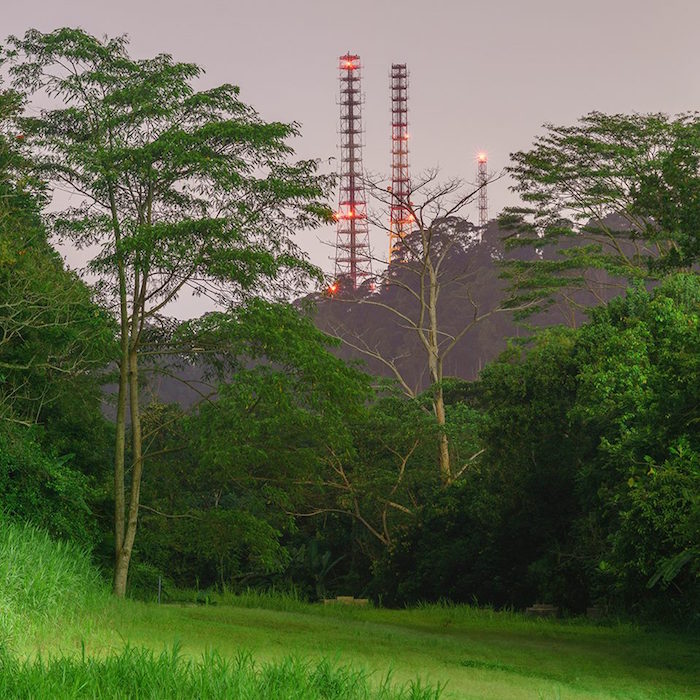 Bukit Timah Hill, PUB Reserve next to Chestnut Avenue
Bukit Timah Hill, PUB Reserve next to Chestnut Avenue
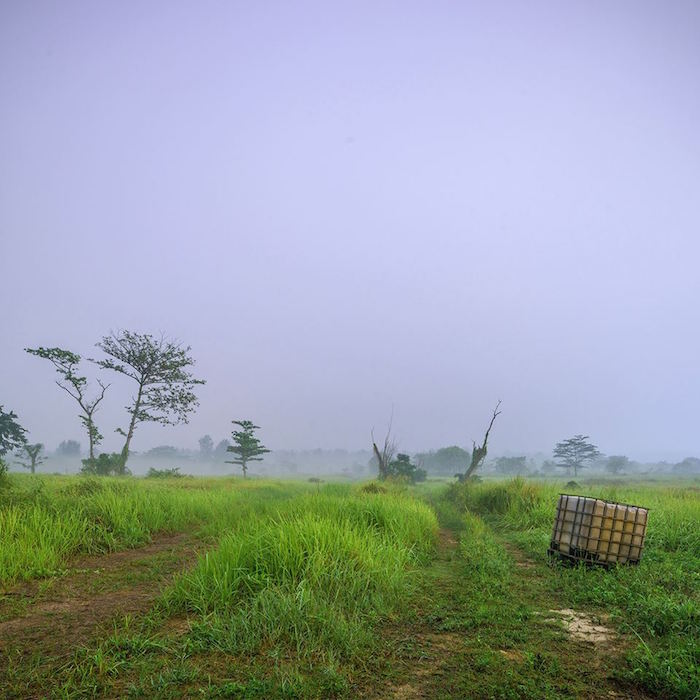 Open Space, Punggol Road
Open Space, Punggol Road
 Foreign Workers Dormitory, Seletar North Link
Foreign Workers Dormitory, Seletar North Link

The Green Corridor, Kranji, near Sungei Kadut
All photos by and courtesy of Darren Soh. This is an edited version of an essay originally written for Soh’s photo book In the Still of the Night (While You Were Sleeping).
Observed
View all
Observed
By Justin Zhuang
Related Posts

Graphic Design
Sarah Gephart|Essays
A new alphabet for a shared lived experience

Arts + Culture
Nila Rezaei|Essays
“Dear mother, I made us a seat”: a Mother’s Day tribute to the women of Iran

The Observatory
Ellen McGirt|Books
Parable of the Redesigner

Arts + Culture
Jessica Helfand|Essays
Véronique Vienne : A Remembrance
Recent Posts
Mine the $3.1T gap: Workplace gender equity is a growth imperative in an era of uncertainty A new alphabet for a shared lived experience Love Letter to a Garden and 20 years of Design Matters with Debbie Millman ‘The conscience of this country’: How filmmakers are documenting resistance in the age of censorshipRelated Posts

Graphic Design
Sarah Gephart|Essays
A new alphabet for a shared lived experience

Arts + Culture
Nila Rezaei|Essays
“Dear mother, I made us a seat”: a Mother’s Day tribute to the women of Iran

The Observatory
Ellen McGirt|Books
Parable of the Redesigner

Arts + Culture
Jessica Helfand|Essays

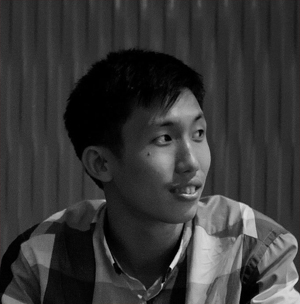 Justin Zhuang is a writer and researcher with an interest in design, cities, culture, history and media. He has written several books about Singapore design, including INDEPENDENCE: The history of graphic design in Singapore since the 1960s.
Justin Zhuang is a writer and researcher with an interest in design, cities, culture, history and media. He has written several books about Singapore design, including INDEPENDENCE: The history of graphic design in Singapore since the 1960s.